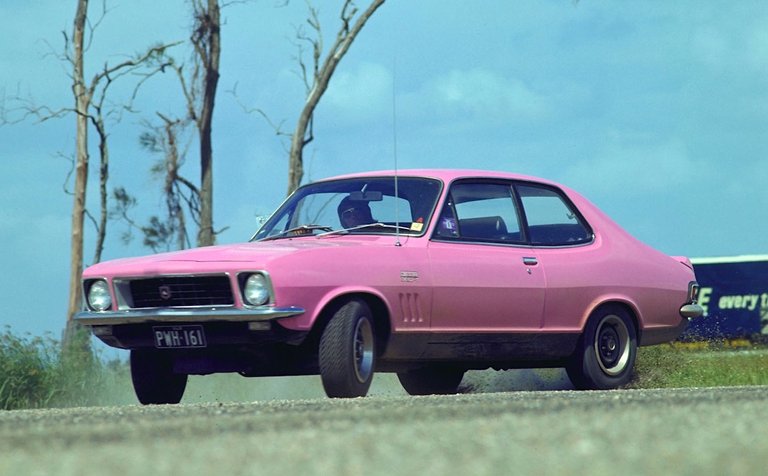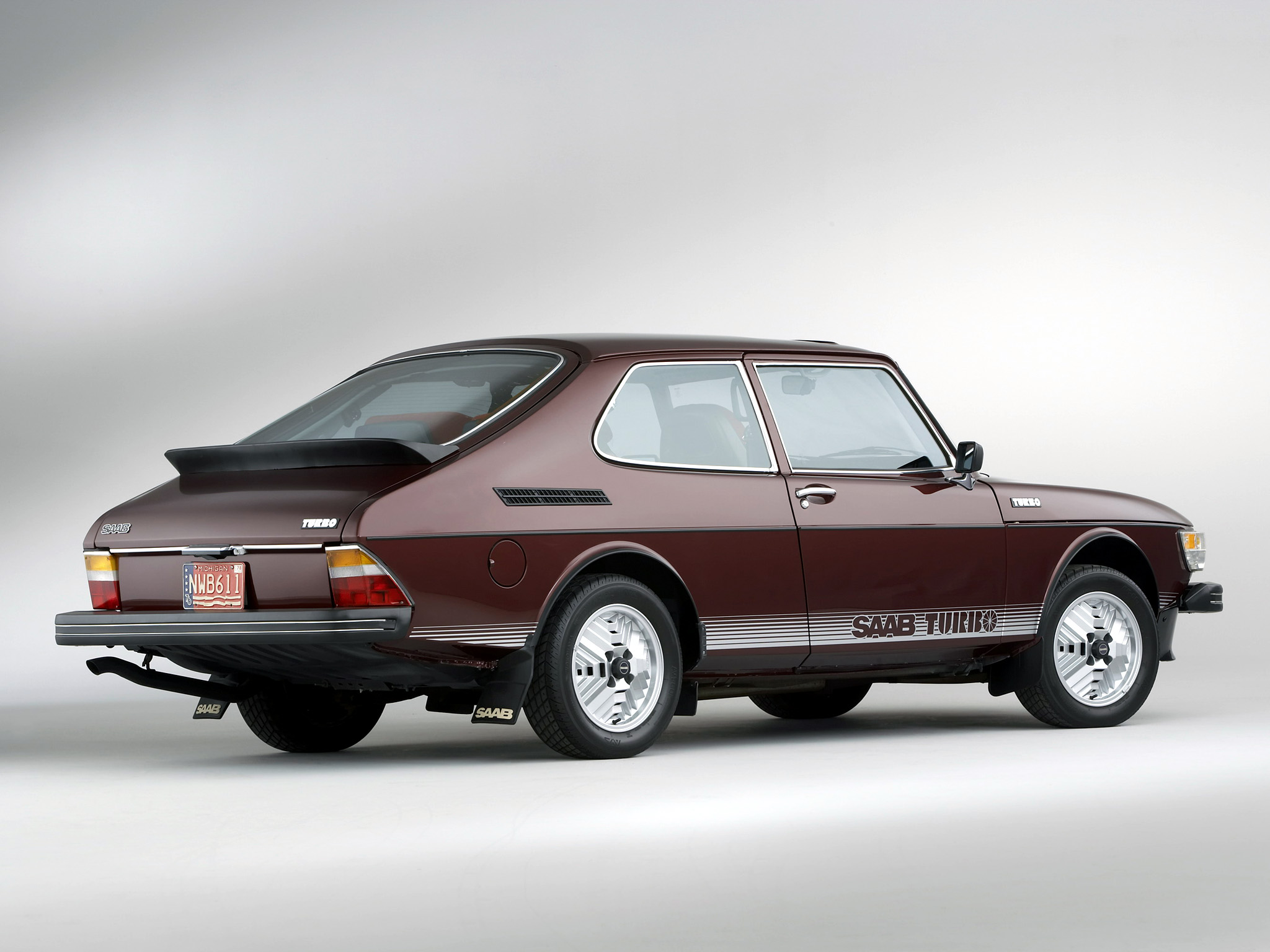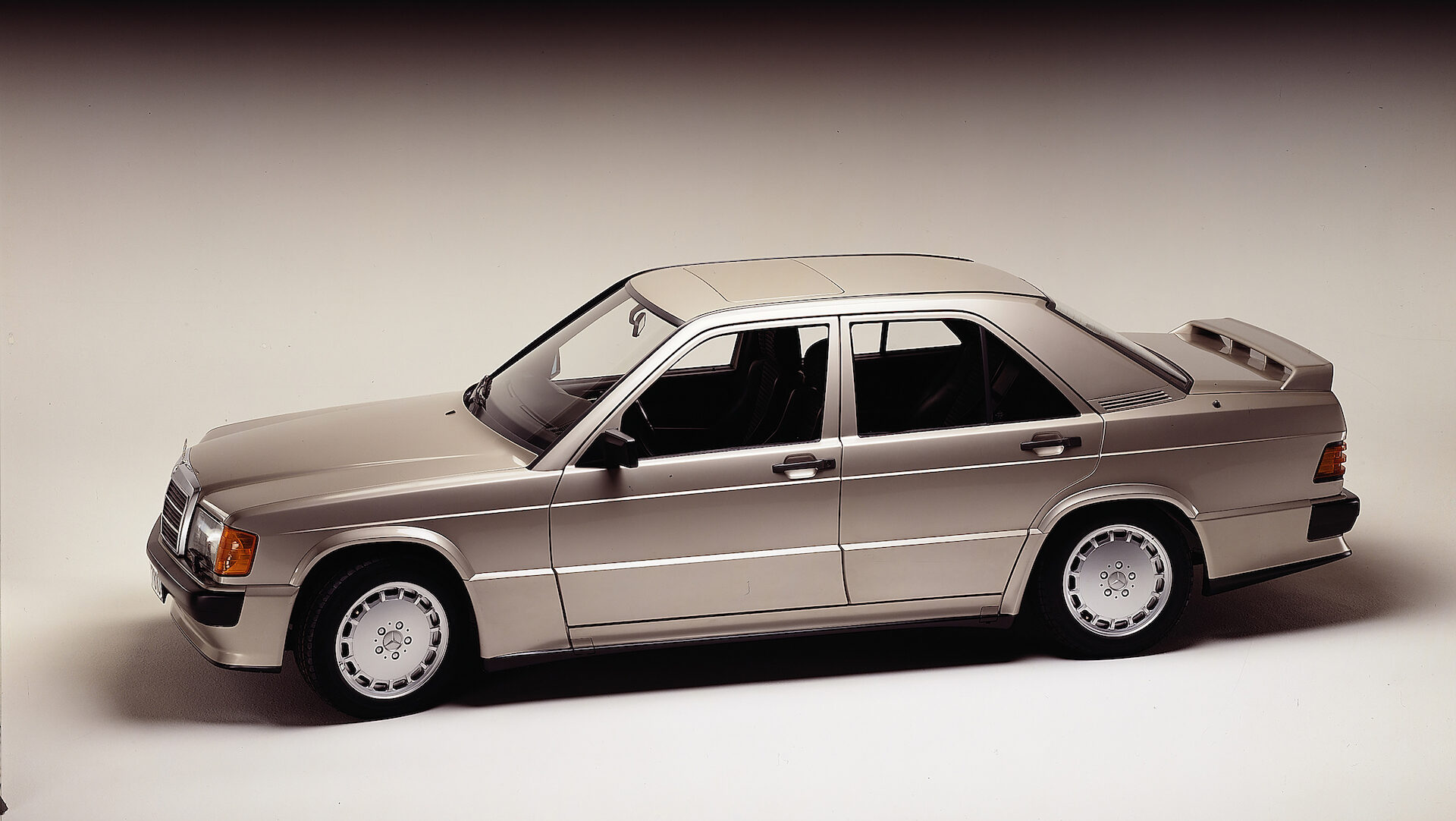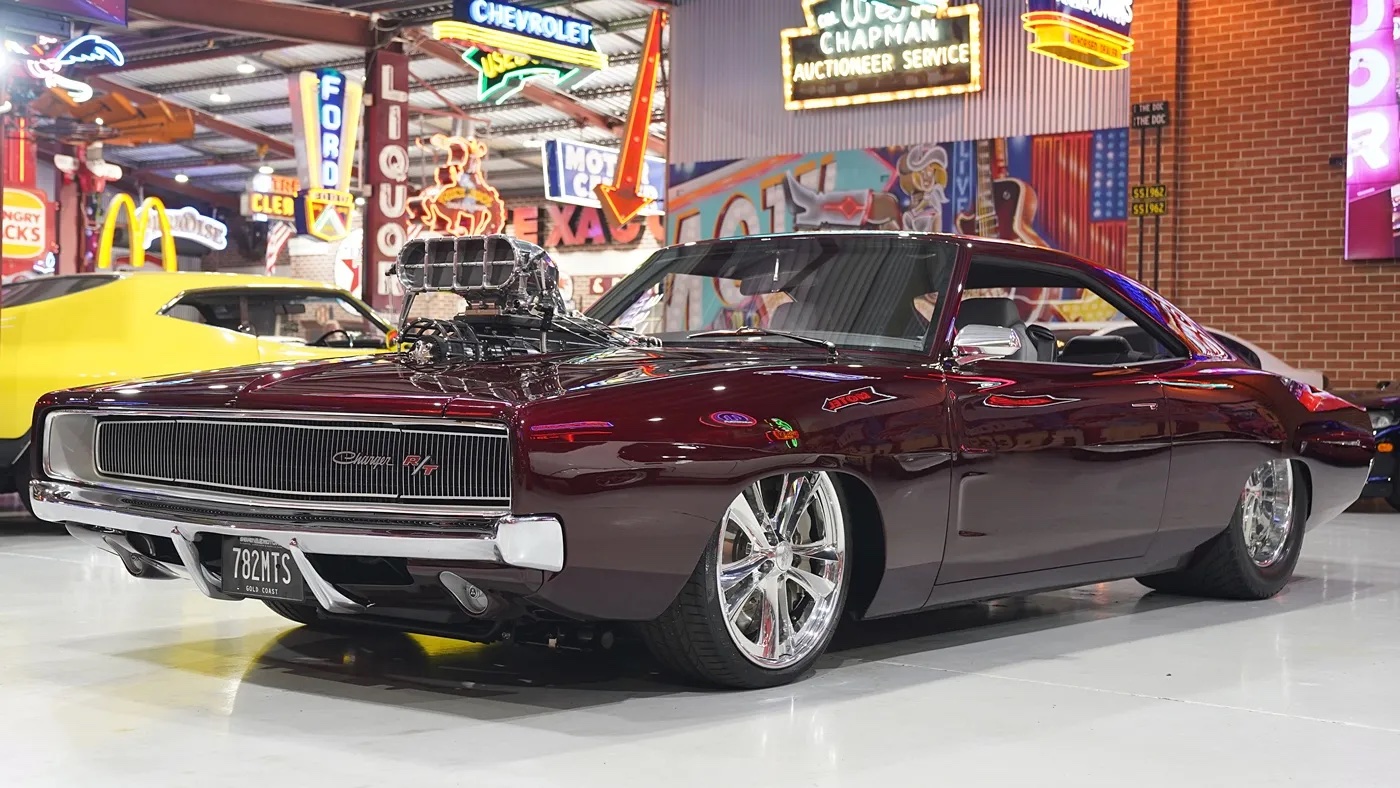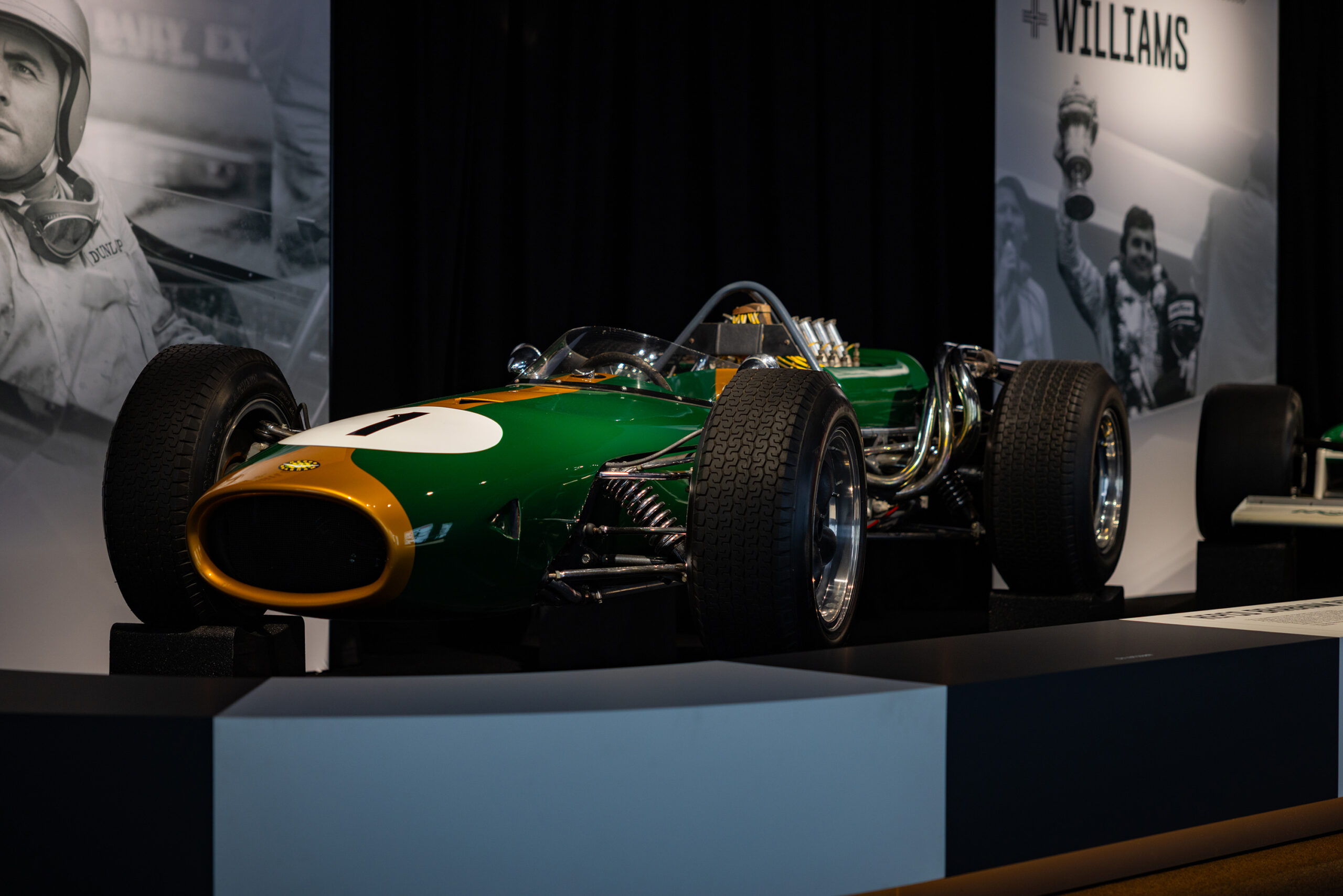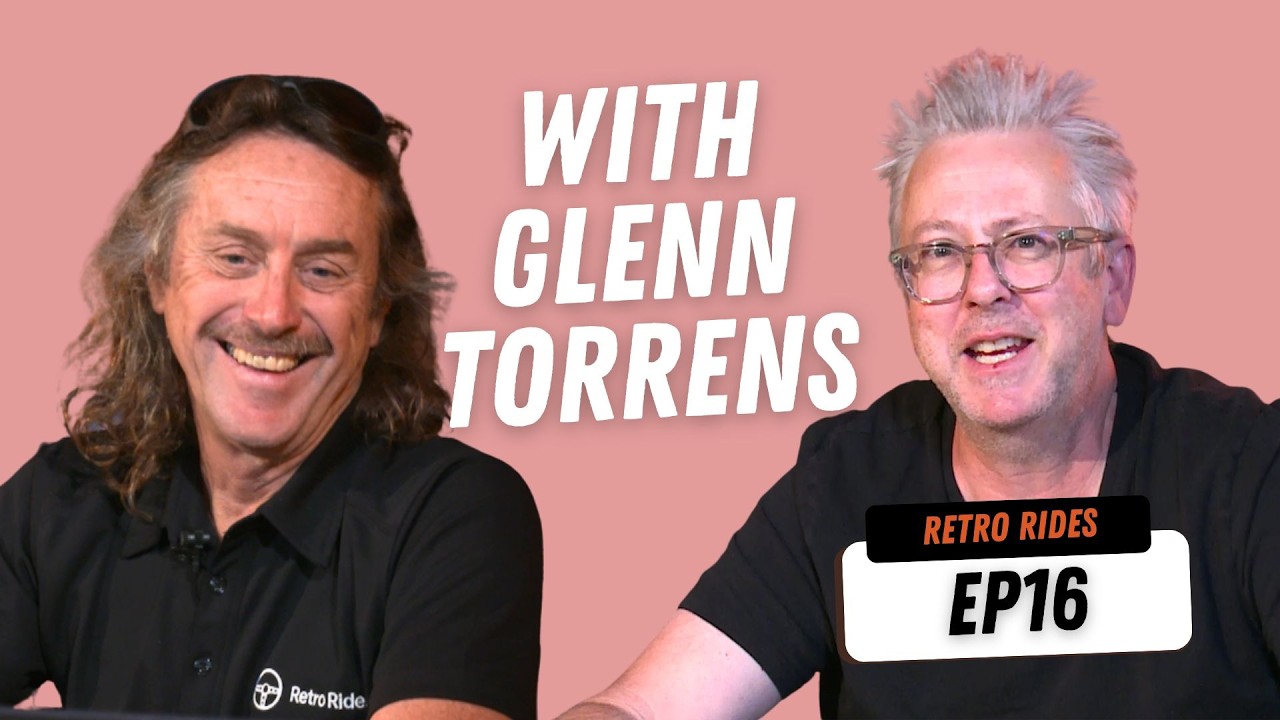The XU-1 is undoubtedly one of the Aussie car industry’s finest homologation specials (Image: Holden)
How Holden turned the humble Vauxhall Viva into the giant-killing Torana GTR XU-1, one of Australia’s greatest ever homologation specials.
Australia’s motoring landscape was changing rapidly in the mid-1960s. Holden was still barely troubled by new local rivals Ford and Chrysler, but buyers had begun looking to a new breed of Japanese four-cylinder cars – very often as a second car for the family.
Holden was quick to react, beginning local production of the Vauxhall Viva (HA) in 1964. The Viva’s steering and suspension technology were well ahead of the full-sized Holdens’ of the time and local design and content increased with the HB facelift in 1967, when a new nameplate was introduced: Torana.
In late-1968 the HB platform underpinned the substantially new, LC-series Torana. Two- and four-door versions of the Australian-designed body were developed, and two wheelbases provided for four- and six-cylinder versions, the latter being 267mm longer and sporting more aggressive front bodywork.
The Torana’s hardware included rack and pinion steering and all-coil suspension, being four-link at the rear.
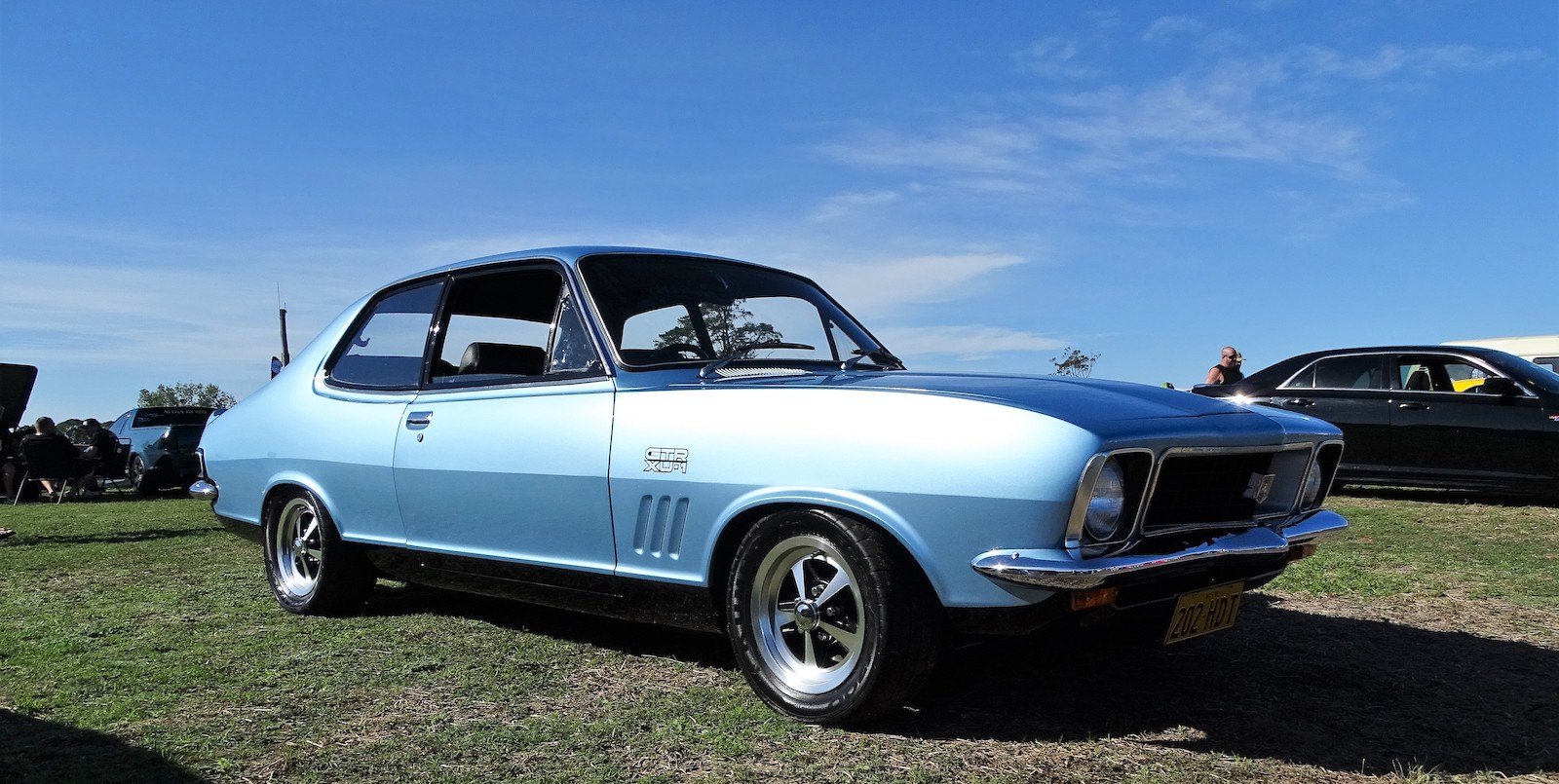
Cramming a big straight-six under the bonnet of the diminutive Torana turned it into a proper pocket rocket (Image: FotoSleuth/Flickr, CC BY 2.0)
It didn’t take punters long to realise that a six-cylinder, two-door Torana was effectively a mini-Monaro; perhaps even better, given the plumpness of the full-sized HK Holdens. They were rewarded with the 2.6-litre LC GTR, fitted with a four-speed Opel manual box.
The pocket-rocket Torana was quickly in the sights of Harry Firth, poached from Ford to head the new Holden Dealer Team. The Monaro HT GTS 350 won Bathurst in ’69, but Firth had already calculated that the smaller, lighter, and more fuel-efficient car could be quicker over the 500-mile race distance.
Thus, in 1970 was born the LC GTR XU-1 homologation special, arriving with a 3.0-litre inline six offering 119kW. GTRs and XU-1s got front quarter-panel louvres and larger (254mm) front disc brakes, but still had drums out back. Hero Bathurst versions swapped their steel wheels for 13×6-inch Globe alloys.
Along with Bathurst class dominance, LC XU-1s won the Australian Rally Championship in 1971 and ’72 (Colin Bond/George Shepheard) and the Rallycross title in ’71 (Peter Brock).
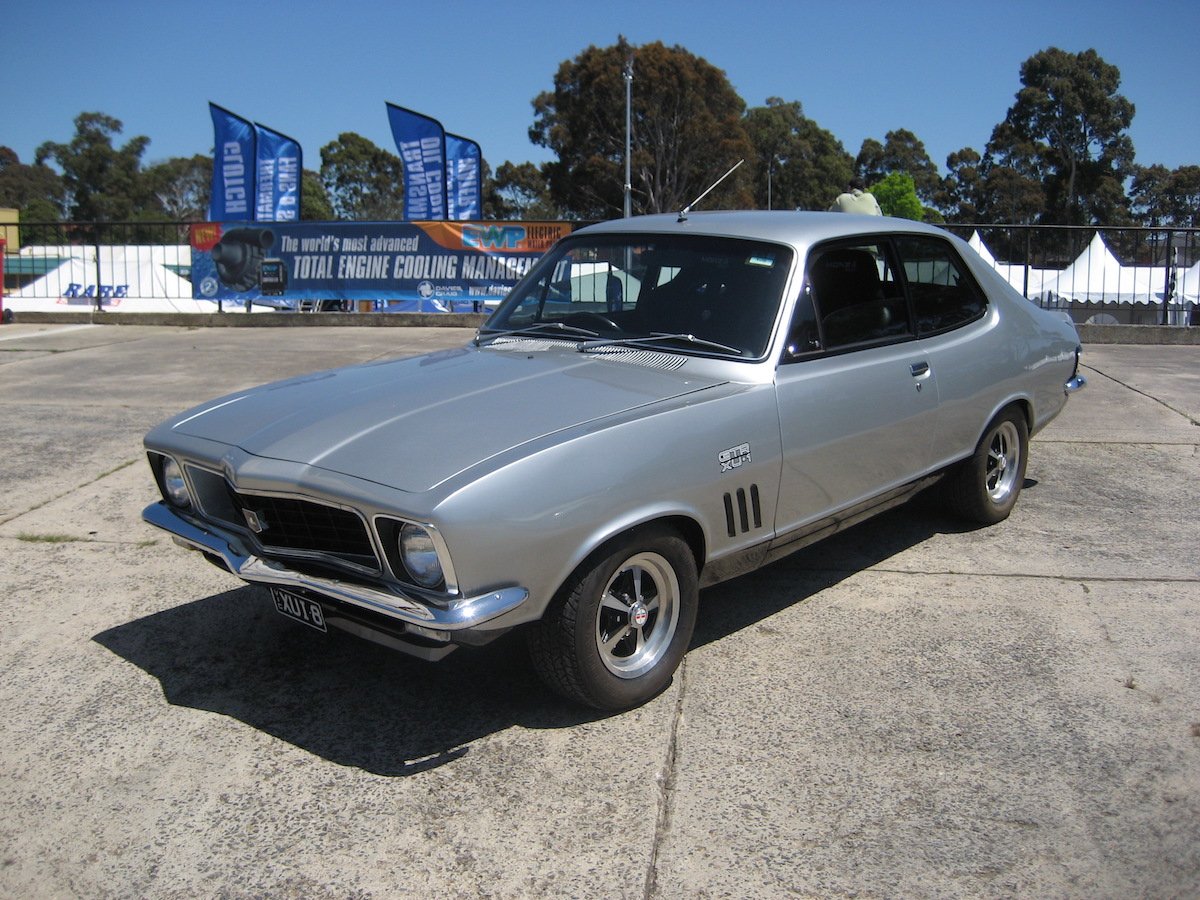
The later LJ Torana XU-1 featured a larger 3.3-litre engine with a truly potent 142kW on tap (Image: Sicnag/Wikimedia Commons, CC BY 2.0)
Torana transitioned in 1972 to the facelifted LJ-series, inheriting mechanical and interior upgrades from the new HQ Holdens.
The LJ XU-1 boasted a 3.3-litre capacity six-cylinder punching out 142kW at 5600rpm and 270Nm at 4000rpm. The XU-1’s gains over the less feisty GTR (101kW/262Nm) came via the camshaft, a big-valve head, higher compression ratio and triple (versus single) Stromberg carbs. An Australian four-speed ’box replaced the LC’s Opel unit.
The Bathurst ’72 specials got a tougher engine block and drivetrain and a 3.08:1 diff ratio.
It was the right car for the times. In June ’72 the ‘Supercar Scare’ had forced the axing of V8-engined Bathurst-bound monsters. In October, Peter Brock, driving solo in the final year of the (pre-metric) Bathurst 500, took his HDT GTR XU-1 to an easy victory.
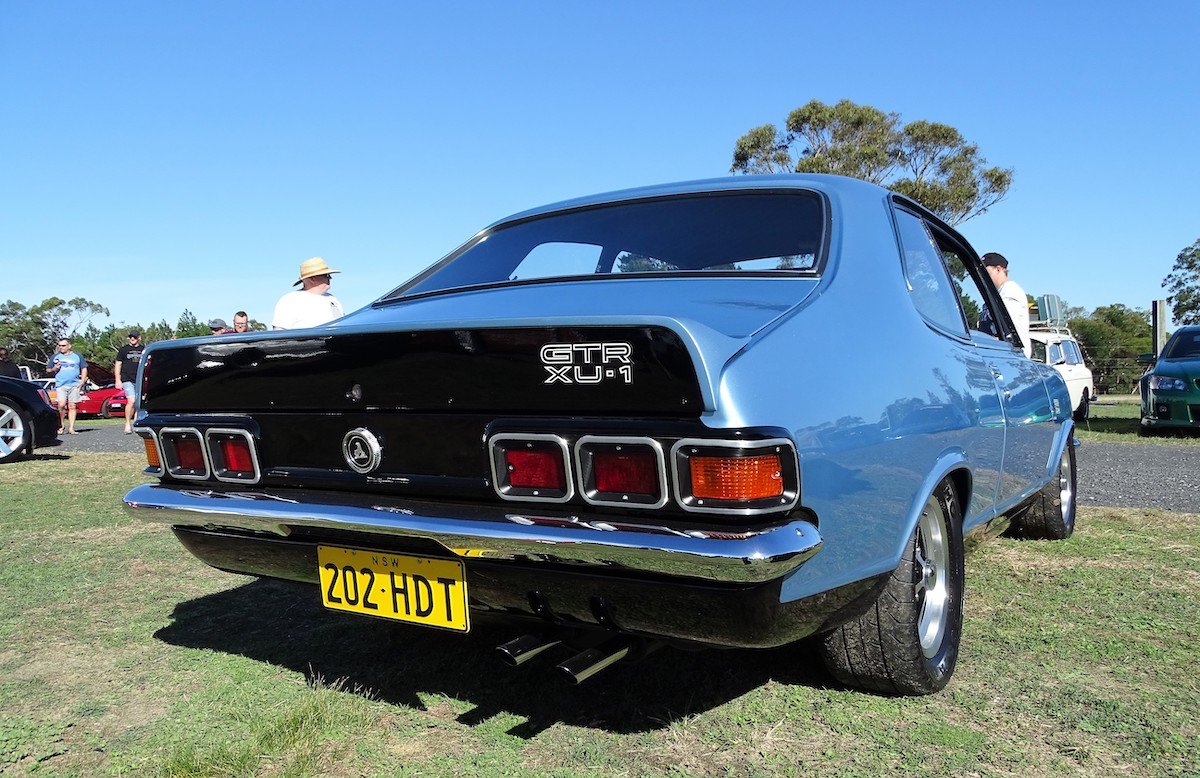
It turned out the XU-1 was the right car at the right time, with the 1972 ‘Supercar Scare’ forcing the axing of V8-powered Bathurst-bound cars (Image: FotoSleuth/Flickr, CC BY 2.0)
In the 1973 Hardie-Ferodo 1000km race, the XU-1’s Bathurst swansong, it filled four of the top five places but missed the most important one, which was won by Allan Moffat in the new Ford XA Falcon GT Hardtop.
As a road car, the GTR XU-1 was at home in tight and twisty environments. Drivers had to get used to the same. The steering wheel was offset to the left, the pedals offset to the right, the wheel rested on one’s thighs and the roof lining touched one’s head. Despite all of this, the sporty three-spoke steering wheel, houndstooth seats and black vinyl dash felt like redline-on-Conrod stuff in ’72.
Constant development made the XU-1 a giant-killer on the track, and the homologation Bathurst version a race-tough weapon – if correspondingly even more lumpy, noisy and unforgiving as a road car. That, plus a stellar record of racing success spanning circuit, rally and rallycross, ensured the XU-1’s legend.
Holden only released the Torana VIN code microfiches in the mid-2000s. It’s understood that LC and LJ XU-1 production amounted to only about 1650 units each.

